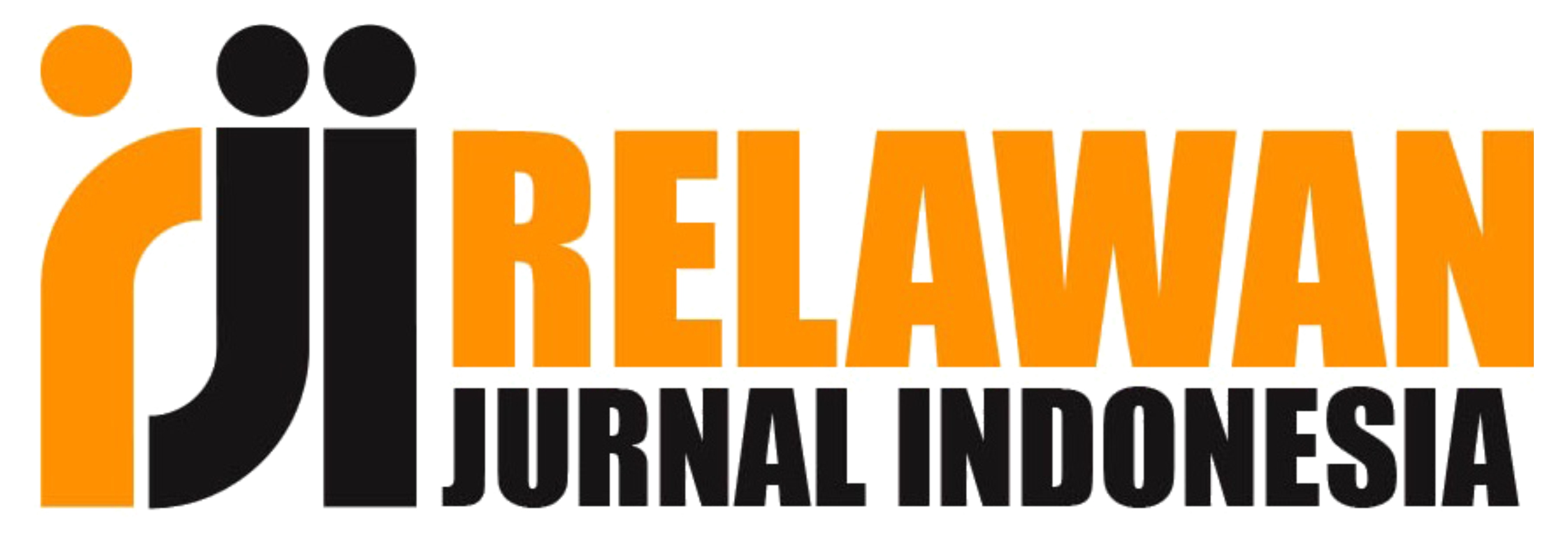Faktor yang Mempengaruhi Tingkat Kecurangan Karyawan PT. BUM Pabrik Perikanan Samudera Kendari
DOI:
https://doi.org/10.61476/fd4f9e35Keywords:
Attitude (rationalization), Pressure, Opportunity, Capability, FraudAbstract
The purpose of this study is to provide empirical evidence of the influence of employee attitudes toward fraud on PT. BUM Kendari ocean fisheries, provide empirical evidence of the effect of pressure on the employee to fraud PT. BUM Kendari ocean fisheries, provide empirical evidence influence employees the opportunity to fraud at PT. BUM Kendari ocean fisheries, provide empirical evidence of the influence of employee capability to fraud at PT. BUM Kendari ocean fisheries, provide empirical evidence influence attitudes, the pressure occasion, and employee capability simultaneously to fraud on PT. BUM Kendari ocean fisheries. The population in this study were employees of PT. BUM Kendari ocean fisheries as many as 42 employees. The sampling technique using census method. Census method is sampling technique when all members of the population used as a sample. The analysis tool used is the Multiple Linear Regression Analysis. The results showed that There is a significant influence on the attitude (Rationalization) against fraud with a significance value of 0.045. There is a significant influence of pressure against fraud with a significance value of 0.008. There is a significant influence of opportunities against fraud with a significance value of 0.027. There is a significant influence on the capability of the fraud with a significance value of 0.002. There is a significant influence on the attitude (Rationalization), Pressure, opportunity and capability against fraud with a significance value of 0.009.
References
Cressey, D.(1953). Other people’s money; a study in the social psychology of embezzlement. Glencoe, IL:FreePress.
Gagola, Kristo. (2011). Analisis Faktor Risiko Yang Mempengaruhi Kecenderungan Kecurangan-Kecurangan Pelaporan Keuangan Perusahaan Publik Di Indonesia. Tesis Tidak Dipublikasikan, Fakultas Ekonomika Dan Bisnis, Universitas Diponegoro.
Karyono.(2013). Forensic Fraud.Andi. Yogyakarta
Kassem and Higson. (2012). The New Fraud Triangle Model. Journal of Emerging Trends in Economics and Management Sciences (JETEMS) 3(3): 191 – 195, Scholarlink Research Institute Journals, 2012 (ISSN: 2141 - 7024). British University. UK.
Murphy, Pamela R and M Tina Dacin. (2011). Psychological Pathways to Fraud: Understanding and Preventing Fraud. Journal of Business Ethics (2011) 101:601-618
Ratmono, Avrie dan Purwanto. (2014). Dapatkah Teori Fraud Triangle Menjelaskan Kecurangan dalam Laporan Keuangan?. SNA 17 Mataram, Lombok Universitas Mataram 24 - 27 Sept 2014. www.multiparadigma.lecture.ub.ac.id.
Rustendi, Tedi. (2009). Analisis Terhadap Faktor Pemicu Terjadinya Fraud : Suatu Kajian Teoritis Bagi Kepentingan Audit Internal. Jurnal Akuntansi Vol.4 No.2. Jakarta.
Sihombing, Kennedy Samuel. (2014). Analisis Fraud Diamond Dalam Mendeteksi Financial Statement Fraud: Studi Empiris Pada Perusahaan Manufaktur yang Terdaftar di Bursa Efek Indonesia (BEI). Skripsi. Fakultas Ekonomika dan Bisnis, Universitas Diponegoro. Tidak Dipublikasikan
Skousen, C. J, and v Wright, C. (2008) .Contemporaneous risk factors and the prediction of financial statement fraud.Journal of Forensic Accounting, IX, 37–62.
Skousen, C.J., Smith, K.R, and Wright, C.J. (2009). Detecting and Predicting Financial Statement Fraud: the Effectiveness of the Fraud Triangle and SAS No.99; in Advances in FinancialEonomics: Corporate Governanceand Performance1st edition, JAI Publishing, Emerald Group. Vol. 13
Sukirman dan M.P. Sari.(2013). Model Deteksi Kecurangan Berbasis Fraud Triangle.
Wolfe, David T. and Hermanson, Dana R. (2004). The Fraud Diamond: Considering the Four Elements of Fraud. CPA Journal; Dec2004, Vol. 74 Issue 12, p38.
Published
Issue
Section
License
Copyright (c) 2023 Rieski Dwi Oktaviana (Author)

This work is licensed under a Creative Commons Attribution-ShareAlike 4.0 International License.












